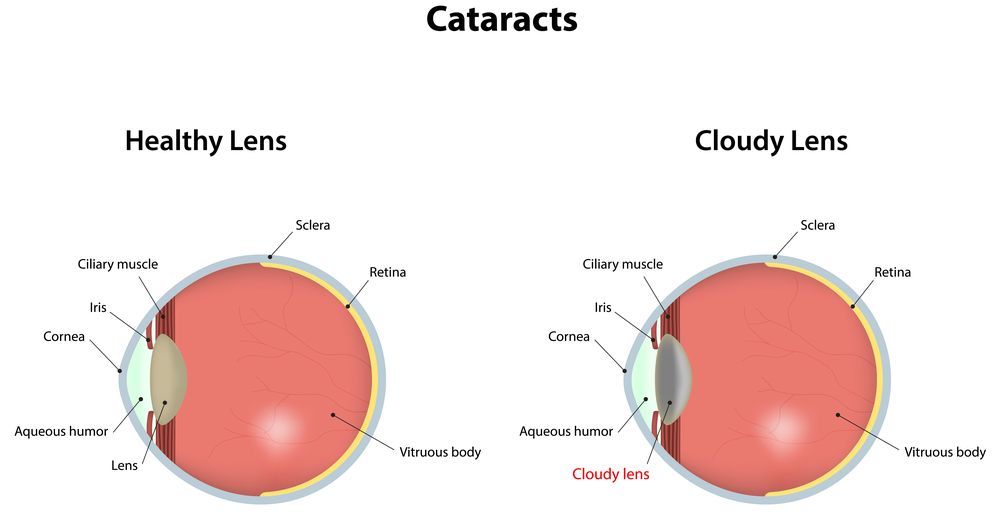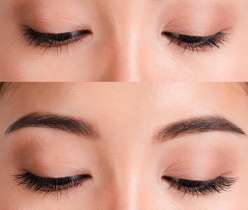A cataract is the clouding of the eye lens that puts an adverse effect on your vision. It is related to aging and is a common eye condition in older people. The condition can happen in one or both the eyes. Often eye cataracts start in one eye and then spreads to the other.
Cataract Types:
There are two types of cataracts:
Secondary cataract – When cataract forms after an eye surgery for some other eye condition such as glaucoma. This kind of cataract can also develop in people who have some other ailments such as diabetes. Sometimes, eye cataracts are also linked to steroid use.
Traumatic cataract – This kind of cataract develops after an eye injury.
Congenital cataract – Some children are born with cataract or develop them in their childhood. It is very small but if they are big enough to affect vision, surgery is the answer.
Radiation cataract – Exposure to certain kinds of radiation can also cause cataract.
Cataract Cause:
The lens in the eye works like the lens in the camera. It focuses light on the retina that is located at the back of the eye and where the images are recorded. The lens helps to adjust the focus of the eyes, and this enables us to see things properly. The eye lens is composed of protein and water. The protein keeps the eye lens clear and allows light to go through it. However, as we get older, the protein may come together and cloud a portion of the lens. This condition is termed as the cataract. With time, the cataract may grow bigger and cloud the lens making it difficult to see. Some studies reveal that there can be more than one cataracts cause including smoking and diabetes.
Another way eye cataracts happen is when the lens grows dull over time. A brown or yellow color forms over the clear lens and it can make it difficult to read and do some other activities.
Cataract Risk factors:
While the risk of developing eye cataracts increase as you age, there are some other kinds of risk factors as well including:
- Diabetes
- Smoking and alcohol use
- Overexposure to sunlight
Cataract Prevention:
Wear sunglasses and a hat to protect your eyes from the ultraviolet rays of the sun. Stop smoking if you do. Also, include a nutritious diet; this can go a long way towards preventing cataract. Eat a diet rich in fruits, green leafy vegetables and foods rich in antioxidants.
For people over 60 years of age, you must have eye checkups at least twice a year for cataract or any other eye problem. Early treatment can help prevent cataract.
Cataract Symptoms
Some common cataracts symptoms include:
- Cloudy vision
- Colors appear faded
- Halo around lights
- Double vision
- Poor night vision
The symptoms mentioned here can also signal some other eye problems. In case you have any of these signs, visit your doctor. During diagnosis, your doctor will check your medical history for risk factors and conduct a thorough examination to see if the issues are being caused by the cataract or some other eye disease.
Also Read: Eat Your Fruits and Veggies for Healthier Eyes
Cataract Detection:
Eye cataracts can be detected with the help of various eye examinations such as:
- Visual acuity test
- Dilated eye exam
- Tonometry
Your doctor may also conduct a few other tests to know more about the condition of your eye before suggesting cataract removal.
Also Read: Deal your Eye Floaters Efficiently
Cataract symptoms can be considerably removed with the help of eyeglasses, magnifying lenses, and anti-glare sunglasses among other methods. If these do not help, surgery can also be an effective method for eye cataracts. The latter option involves removing the cloudy lens and replacing it with an artificial lens. After surgery, people can resume their normal activities after recovery; their vision improves gradually in the days to follow.





